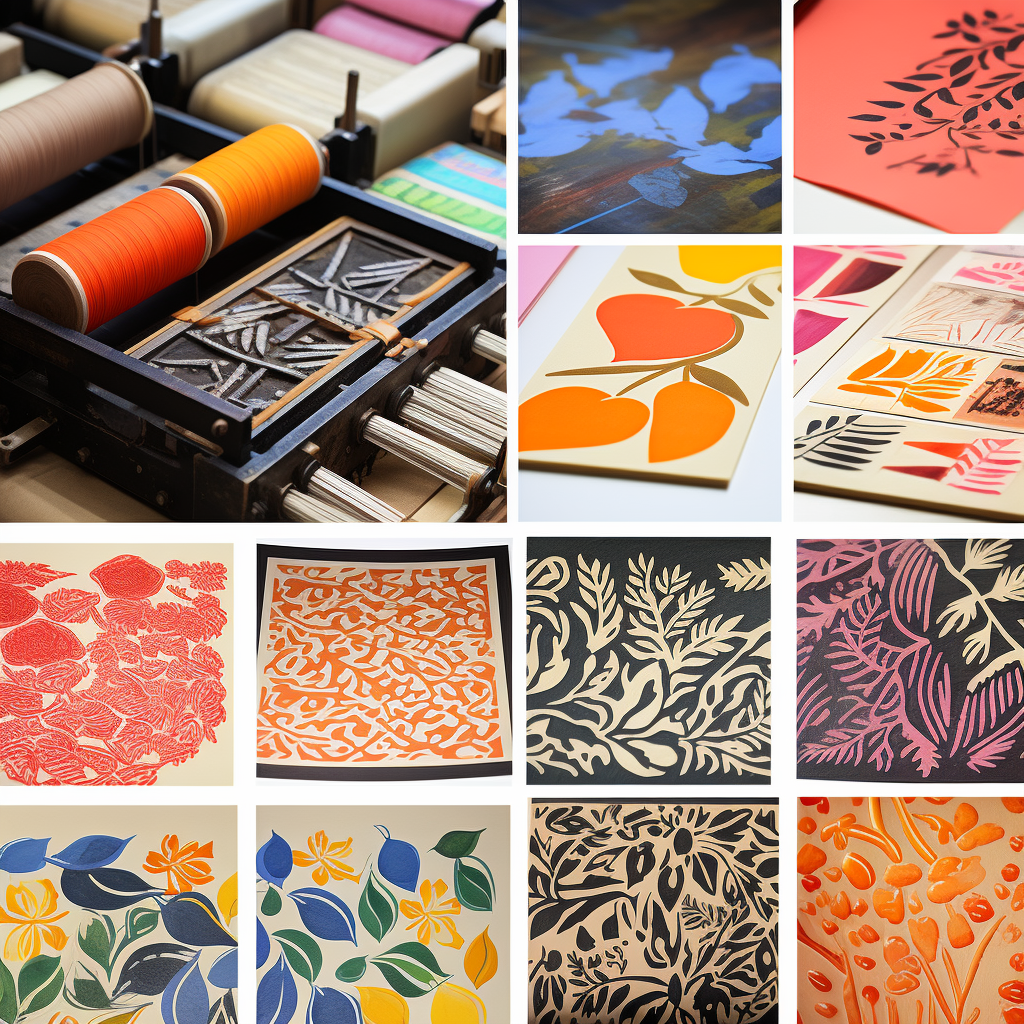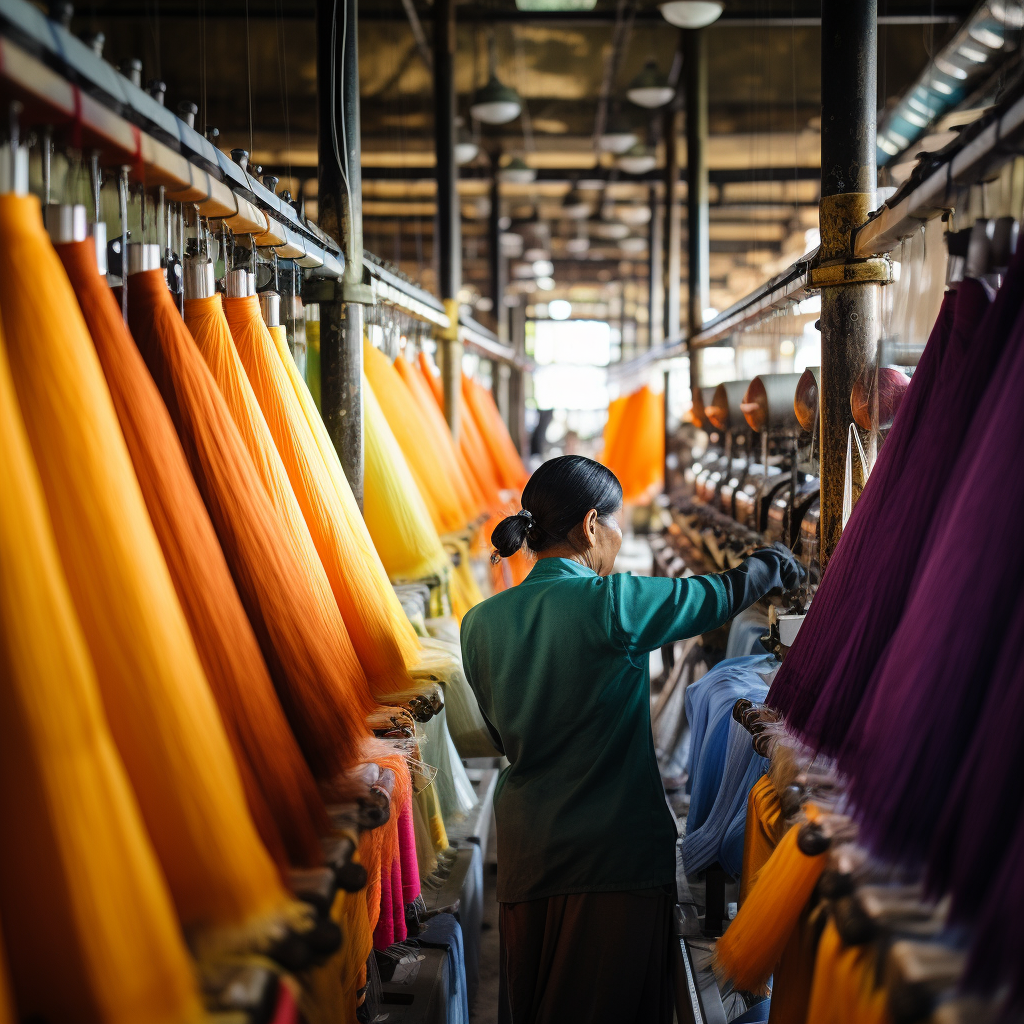The Ultimate Guide to Textile Printing Techniques
Textile printing is a creative and technical field that has existed for hundreds of years. It plays an integral role not only in fashion but also in home décor, advertising, and even automotive industries. The range of possibilities in textile printing is vast, from the intricacy of traditional block printing to the fast and efficient methods of digital printing. As a designer, manufacturer, or hobbyist, understanding the options available to you can drastically impact the quality and effectiveness of your final product.
1: Block Printing
Originating in East Asia over a thousand years ago, block printing has earned its place as one of the most beloved textile printing techniques worldwide. In this traditional method, a carved wooden block is dipped in ink or dye and then stamped onto the fabric. Each impression is carefully aligned to create intricate patterns or images. While primarily used in creating traditional attire and home textiles, block printing has also found its way into modern fashion.
The method offers a high degree of customization but does require a skilled hand and a keen eye for detail. The final results often reflect the time, skill, and artistry that go into each stamped impression. Whether it's for a simple pattern or a complex piece of artwork, block printing delivers a level of authenticity and richness that's hard to replicate with mechanical methods.
2: Screen Printing
Screen printing, also known as silk screen or serigraphy, is one of the most popular methods in textile printing. Emerging from China in the Song Dynasty, this method employs a mesh to transfer ink onto a substrate. A blade or squeegee is moved across the screen to fill the open mesh apertures with ink. The technique is ideal for high-volume orders like t-shirts for events, branded merchandise, or team uniforms.
This method is lauded for its ability to produce vibrant, long-lasting colors. However, it can be labor-intensive and might not be cost-effective for small-scale projects. Each color in the design requires a different screen, making it less ideal for designs with multiple hues.
3: Heat Transfer
Heat transfer printing is a newer, more modern technique that leverages heat to transfer an image from wax paper onto the fabric. Often used in creating custom t-shirts, heat transfer is ideal for quick turn-around times and small batches. The method is perfect for designs with multiple colors and intricate details. However, the downside is that these prints can fade quicker than those from other techniques.
Heat transfer is commonly used for athletic wear, as it allows for stretch and movement without distorting the design. It's also popular in children's clothing and for personalized gifts, given the flexibility it offers in design customization.
4: Digital Printing
Digital printing is one of the most advanced forms of textile printing. It uses a computer-controlled process to directly feed the design onto the fabric. The advantage of digital printing is its high precision and ability to reproduce complex designs with multiple colors without the need for manual intervention.
Primarily used for fashion garments, digital printing is also becoming popular in home décor, producing vibrant and detailed cushion covers, curtains, and more. However, it can be expensive for large-scale projects due to the high cost of ink and machinery.
5: Sublimation
Sublimation is a textile printing technique where heat is used to turn dye particles into gas, which then bonds with the fabric. This results in a print that is not only vibrant but also durable, as the dye becomes part of the fabric itself. Sublimation is most effective on polyester-based fabrics and is commonly used in athletic wear, banners, and flags.
The advantage of sublimation is the longevity of the print, which is less prone to fading or cracking over time. However, it is less effective on natural fibers like cotton, limiting its applicability.
6: Direct-to-Garment (DTG)
Direct-to-Garment (DTG) is a relatively new textile printing method that functions much like an inkjet printer. It sprays tiny droplets of ink directly onto the fabric to create intricate and full-color designs. This method is excellent for small batches or one-off prints and allows for high detail in design, including gradients and shading.
While DTG offers impressive color range and detail, it can be slower and less cost-effective for larger production runs. It's best suited for custom t-shirts, promotional items, and other small-scale projects.
7: Resist Dyeing
Resist dyeing is an ancient technique where portions of a fabric are shielded from dye using various methods, such as stitching, wax, or clay. The most famous form of resist dyeing is perhaps "tie-dye," but the technique also encompasses other styles like batik and shibori. Each method offers unique patterns, and the technique is traditionally used in cultural garments, as well as in modern fashion.
Because resist dyeing is often done by hand, each piece tends to be unique, adding to the allure of this method. It's especially popular for garments that aim for a natural, artisanal look.
8: Gravure Printing
Gravure printing is a high-speed, high-volume printing method ideal for large textile manufacturing. In this technique, the design is etched onto a cylinder, which is then rolled over the fabric to transfer the ink. It's most often used in home textiles like upholstery and curtains, where large volumes of fabric need to be printed with the same design.
While gravure printing offers speed and efficiency, it may not be ideal for smaller projects due to the high set-up costs. However, for mass production, it remains a go-to choice.
Conclusion
Selecting the right textile printing method is crucial for achieving the desired outcome in any project. Whether you are an artist, a designer, or a large-scale manufacturer, understanding the nuances of each method can significantly impact the quality, cost, and effectiveness of your final product. While some techniques offer speed and efficiency, others provide a level of detail and customization that can't be matched.







评论
发表评论